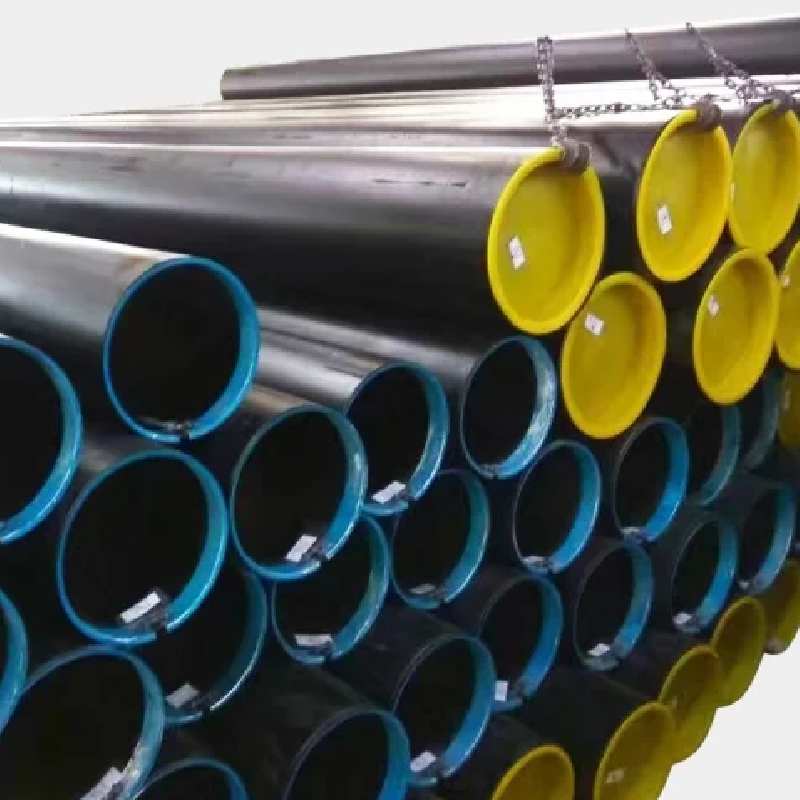-
Cangzhou Yulong Steel Co., Ltd.
-
Phone:
+86 13303177267 -
Email:
admin@ylsteelfittings.com

Dec . 14, 2024 17:56 Back to list
Non-concentric reducers and their applications in fluid dynamics and piping systems
Understanding Non-Concentric Reducers Applications and Benefits
In the realm of manufacturing and piping systems, reducers play a crucial role in managing fluid flow and pressure efficiently. Among the various types, non-concentric reducers are gaining attention due to their unique structural features and advantages. This article explores the concept of non-concentric reducers, their applications, and the benefits they bring to various industries.
What is a Non-Concentric Reducer?
A reducer, in general, is a fitting used in piping systems to connect pipes of different diameters. It allows for a gradual transition from a larger pipe to a smaller one (or vice versa) and can come in two primary forms concentric and non-concentric.
Concentric reducers maintain a central axis, creating a symmetrical transition between pipe diameters. In contrast, non-concentric reducers slope away from the center, resulting in an asymmetrical design. This difference in form leads to distinct advantages in specific applications, offering various benefits depending on the piping layout.
Applications of Non-Concentric Reducers
1. HVAC Systems Non-concentric reducers are frequently used in heating, ventilation, and air conditioning (HVAC) systems. Their design accommodates ductwork transitions effectively, especially in spaces with limited room or irregular layouts.
2. Water Supply and Irrigation In water distribution networks, non-concentric reducers facilitate connections between pipes of differing dimensions, ensuring that water flow remains consistent and efficient. Their ability to minimize turbulence is particularly beneficial in irrigation systems.
3. Industrial Process Pipelines Non-concentric reducers are instrumental in industrial settings where various fluids are transported through pipelines. Their structure aids in controlling flow rates and reducing pressure drop, ensuring a steady and reliable process.
4. Chemical Processing In chemical plants, the choice of materials for reducers can affect the chemical's integrity. Non-concentric reducers often allow room for additional equipment or safety features, making them suitable for complex chemical processing setups.
non concentric reducer

5. Marine Applications They are utilized in marine piping systems to manage fluid dynamics, where space constraints are common. Non-concentric reducers help to adapt pipe networks to varied pressures and diameters found in maritime environments.
Advantages of Non-Concentric Reducers
1. Space Efficiency The asymmetrical design allows for better adaptability in confined spaces. Non-concentric reducers can be strategically placed in areas where traditional concentric reducers may be too bulky or disruptive.
2. Fluid Dynamics Non-concentric reducers generally induce less turbulence and drop in pressure when transitioning between pipe sizes. This property is vital in maintaining fluid velocity and efficiency, leading to more effective system performance.
3. Versatility These reducers come in various shapes and sizes, making them suitable for diverse applications. Their ability to connect different materials (such as metal to plastic) further increases their usability across industries.
4. Enhanced Flow Control By minimizing abrupt changes in pipe diameter, non-concentric reducers contribute to more stable flow conditions, thus reducing the risks of erosion and wear within the piping system.
5. Cost-Effective Solutions While the initial investment in high-quality non-concentric reducers may be higher than some alternatives, their durability and efficiency can lead to significant long-term savings by reducing maintenance needs and downtime.
Conclusion
Non-concentric reducers are an integral component in the multitude of piping systems we rely on every day. Their unique design offers a variety of advantages, making them suitable for numerous applications ranging from industrial processes to HVAC systems. As industries continue to evolve, the demand for innovative solutions like non-concentric reducers will expand, paving the way for improved fluid dynamics, enhanced system efficiency, and overall cost savings. It is essential for engineers and system designers to consider the benefits of these reducers when developing efficient and reliable piping systems. By embracing the capabilities of non-concentric reducers, industries can optimize their operations and contribute to a sustainable future.
Latest news
-
ANSI 150P SS304 SO FLANGE
NewsFeb.14,2025
-
ASTM A333GR6 STEEL PIPE
NewsJan.20,2025
-
ANSI B16.5 WELDING NECK FLANGE
NewsJan.15,2026
-
ANSI B16.5 SLIP-ON FLANGE
NewsApr.19,2024
-
DIN86044 PLATE FLANGE
NewsApr.19,2024
-
DIN2527 BLIND FLANGE
NewsApr.12,2024
-
JIS B2311 Butt-Welding Fittings LR/SR 45°/90° /180°Seamless/Weld
NewsApr.23,2024
-
DIN2605-2617 Butt-Welding Fittings LR/SR 45°/90°/180° Seamless/Weld
NewsApr.23,2024











